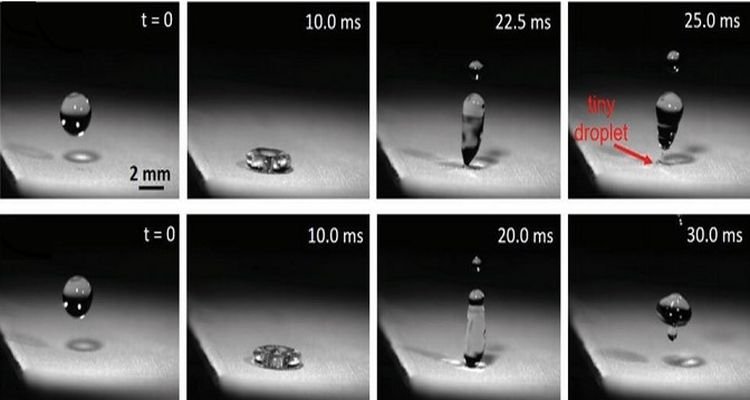A water-repelling, biodegradable material inspired by lotus leaves has been developed by a joint team of researchers from India, Switzerland and Italy.
Super-hydrophobic or water repellent materials are used in various industrial and other applications, such as healthcare, self-cleaning textiles, oil spill management, corrosion resistance, sensor manufacturing, robotics and 3D printing. However, most of these materials are made using petroleum derivatives, fluorinated compounds and textured inorganic materials.
The newly developed material is fully organic and biodegradable. It is inspired by lotus leaves that are composed of cellulose as base substance and utilize naturally formed wax to achieve water repelling property. A technique called soft lithography was used to create micro-pillars of cellulose that facilitate extreme water repellency.
In order to mould the cellulose, cellulose powder dissolved in trifluoroacetic acid was used. After this, acid was removed through controlled drying to ensure environmental sustainability. Finally, textured cellulose was coated with carnauba wax – a natural wax found in palm trees and which is similar to the one found in lotus leaves. The new material is not only biodegradable but can also be made flexible by adding glycerol, which is a natural plasticizer.
This is a ‘India Science Wire’ story, edited by Clean-Future Team






